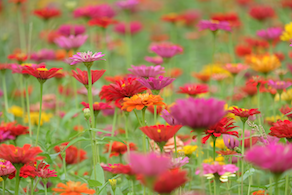Painting a new growth landscape
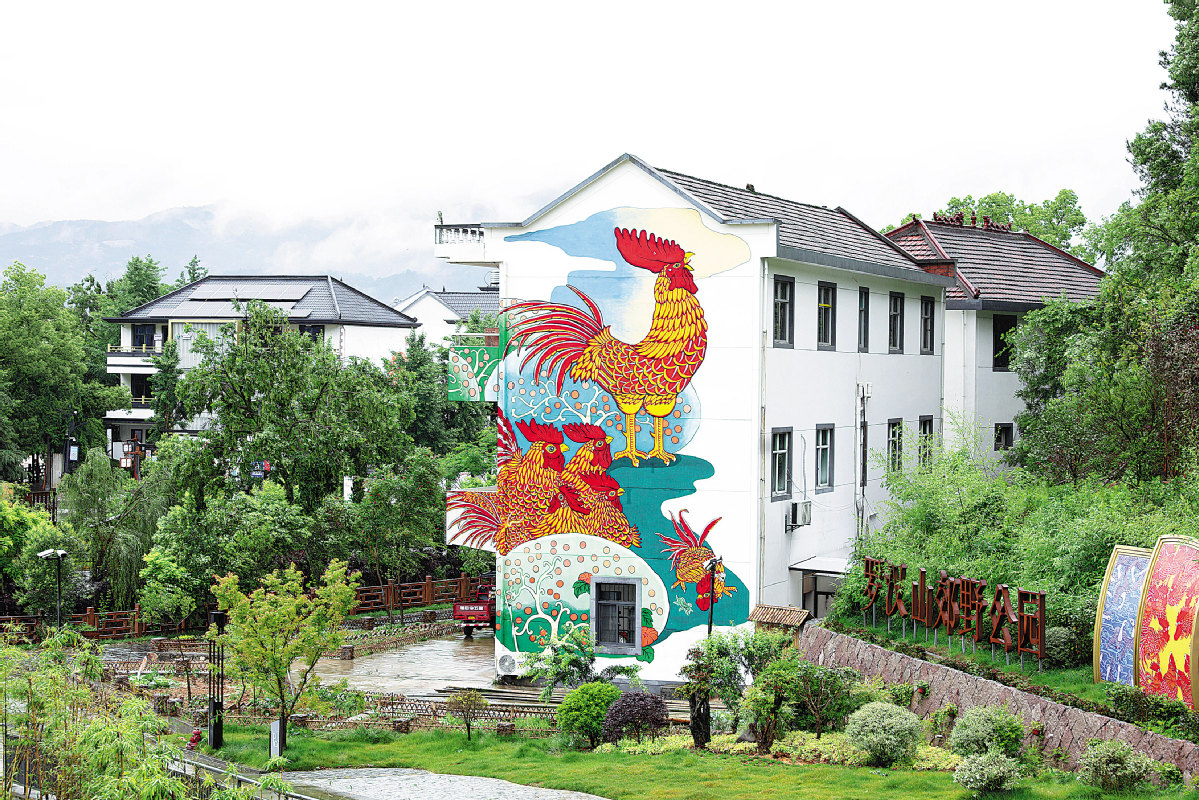 The iconic mural Roosters is the landmark of Yudong village in the city of Quzhou, Zhejiang province. CHINA DAILY
The iconic mural Roosters is the landmark of Yudong village in the city of Quzhou, Zhejiang province. CHINA DAILY
Rural communities benefit from artistic and cultural pursuits as they embrace new stages of inclusive development
Editor's note: With its people-centered philosophy, China will build the eastern province of Zhejiang into a demonstration zone for achieving common prosperity. This series looks at the latest steps taken in various areas to meet that goal.
When villager Yu Tongde faced the hardships of farming four decades ago, he sought solace in the beauty of the countryside surrounding him.
But Yu didn't just keep the images of bucolic beauty in his mind. He took up his paintbrush and put them on canvas.
"There was that one time early on when my son-in-law put out a flock of sheep. I followed them for three days," said Yu, now 72.
"All paintings have a story. What's in my mind, I just draw them out."
Yu's work, 100 Sheep, went on to win local art accolades and earned him 800 yuan ($125). It also helped set him firmly on course to become one of the farmer-painters who have made Yudong, which is in Kecheng district of Quzhou, a city in Zhejiang province, a famous "painting village".
The painters' works include bold, colorful murals on Yudong's homes and buildings that depict the details of rural life. They also reflect the improvements felt by villagers and their communities as they embrace the next crucial stages of China's economic, social and cultural development toward inclusive growth.
Yudong's rural paintings can be traced to the 1970s, when residents who picked up paintbrushes took lessons from local cultural center teachers who helped them create their own style and planted the seeds of art in the village.
Of Yudong's 800 residents, more than 320 are now involved with painting. The village also boasts a farmers' painting association, workshops and creative training courses.
Nearly 300 artworks by the villagers have won accolades in exhibitions and events nationwide, with the popular local art museum and other cultural centers receiving more than 50,000 visits a month. The latest works by experienced painters like Yu Tongde can sell for more than 10,000 yuan each.
The output value of businesses related to the farmers' paintings, ranging from hospitality and food to retail and branding, hit 8 million yuan in 2019 and increased to 15 million yuan last year, according to local authorities.
Villagers have also preserved and refurbished at least 50 main residential structures, using them as cafes and museums or for other updated functions that are in line with sustainable, shared development.
Yu Xiaoqin, deputy secretary of the village branch of the Communist Party of China, said the village fully taps into government support and incentives to develop Yudong's cultural, tourism and other sectors under a novel mode of development that benefits all of its residents.
"Many people have returned to take part in our development, and we're nurturing new talent. We're seeing healthy value and increasing returns from our focus on the creative cultural sector. That's all going back to the villagers," he said.
Yudong's progress is in line with Zhejiang's road to common prosperity, with the province, one of the country's most developed, designated as a demonstration zone of balanced, shared growth for the next major stages in national development.
The province aims to achieve common prosperity by 2035, with its per capita gross domestic product and the income of urban and rural residents reaching developed countries' standards.
In August, a meeting of the Central Committee for Financial and Economic Affairs, which was chaired by President Xi Jinping, who is also general secretary of the Communist Party of China Central Committee, outlined steps to promote common prosperity through high-quality growth, calling for a phased approach to reach the target.
The road to common prosperity is expected to be comprehensive and long-term, and pursued in a gradual and progressive manner, with suitable areas offering replicable practices and models.
As a key indicator of balanced development, Zhejiang's income ratio between its urban and rural residents fell to 1.96:1 last year, markedly lower than the national level, according to provincial authorities.
Yudong villager Yu Yunmei's artwork helped her add more than 100,000 yuan a year to the family income.
Yu, 40, was a homemaker before she took up painting, following in the footsteps of fellow villagers.
In less than a decade, her works have gone on to adorn the buildings of neighbors and other villagers, or have been sold to private art collections or displayed proudly on the walls of her family courtyard, which has been turned into an art studio.
"I used to have to ask my husband for money for family living expenses. But now I can stay at home and paint. I can also teach others who come to me to learn," she said.
Her 69-year-old father, Yu Chunliang, is also a village painter, while her daughter, 17, studies art, Yu Yunmei said.
Yu Chunliang said: "I started painting in 2006. I used to make at most 20,000 yuan a year from planting rice on a 0.2-hectare plot. Now I get about more than 100,000 yuan from my paintings."
Yu Yunmei said that "life is getting better", adding: "We have better infrastructure, such as roads and communications, and the environment is improving, drawing many tourists. I try to incorporate all those into my paintings."
Riding on the attraction of Yudong's artwork, the latest village development initiatives include farming culture sites, youth hostels, art research facilities and big data information platforms that cover household healthcare and social services.
Many villagers have done brisk business running food, beverage and other outlets. During this year's May Day holiday period, Yudong businesses registered about 15,000 visitors, who contributed to nearly 1.2 million yuan in tourism revenue, including accommodations and retail operations.
Related green development projects that involve at least 112 households and supply agricultural produce to growing urban markets via supermarkets and other channels have also generated more than 1.2 million yuan in annual sales, helping to increase family incomes by more than 10,000 yuan a year.
Zheng Zhengtong, 24, who was drawn from the city by Yudong's rural vitalization opportunities, has worked with a business partner to set up a local cafe, store and online platform to help market and sell villagers' artwork.
"With a team of five to six people, we started out a year ago, with the help of local government subsidies and support, covering rental, renovation and other costs, to develop the creative cultural sector," Zheng said.
"I'm a design major, so I want to help promote this place through our retail products, channels and services."
Zheng expressed confidence that he'll soon get back his investment of about 300,000 yuan.
"I can feel this village turning into a culturally focused, multifaceted attraction," he said. "The village artists' works are very down-to-earth and direct. The improved village facilities and amenities are also very obvious, and the benefits are real."

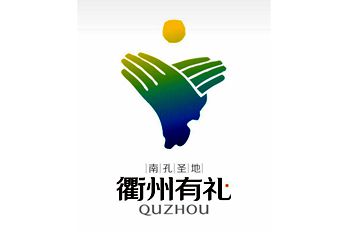 City brand logo - fist-and-palm salute
City brand logo - fist-and-palm salute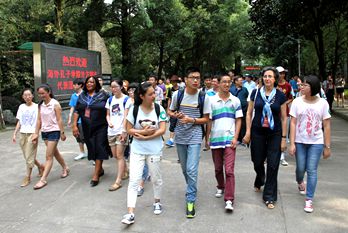 Confucianism on campus
Confucianism on campus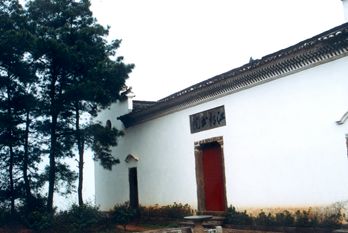 The culture of the academy
The culture of the academy